How the franchise built for growth from day one — and made a critical tech pivot to help accelerate it
When Roger Martin set out to build RockBox Fitness, he didn’t envision a single flagship studio with local buzz. He saw a national franchise brand — and he built accordingly.
“RockBox Fitness was built from inception to be a national franchise,” said Martin, founder and CEO. “We set out with the intent to build a concept that was scalable, repeatable, and had a market fit. Our first hires, before the flagship store was built, were two marketing consultants, a web designer, and an advisory board. We wanted to get the look, feel, layout, branding — everything — perfect right out of the gate.”
It was a bold move. But the early investment paid off, allowing the brand to grow deliberately, refining systems and testing market fit before offering franchise opportunities. Still, scaling a fitness franchise is hardly linear. The brand’s high-energy model and marketing-forward foundation attracted interest across regions — but behind the scenes, Martin was dealing with mounting complexity.
Manual royalty tracking, fragmented systems and inconsistent digital experiences began to threaten the very thing RockBox was known for: delivering a consistent, standout member journey across every location.
That’s when Martin made the call to migrate to a new business management platform — a move many franchisors avoid mid-growth. For RockBox, however, the risk of standing still was greater.
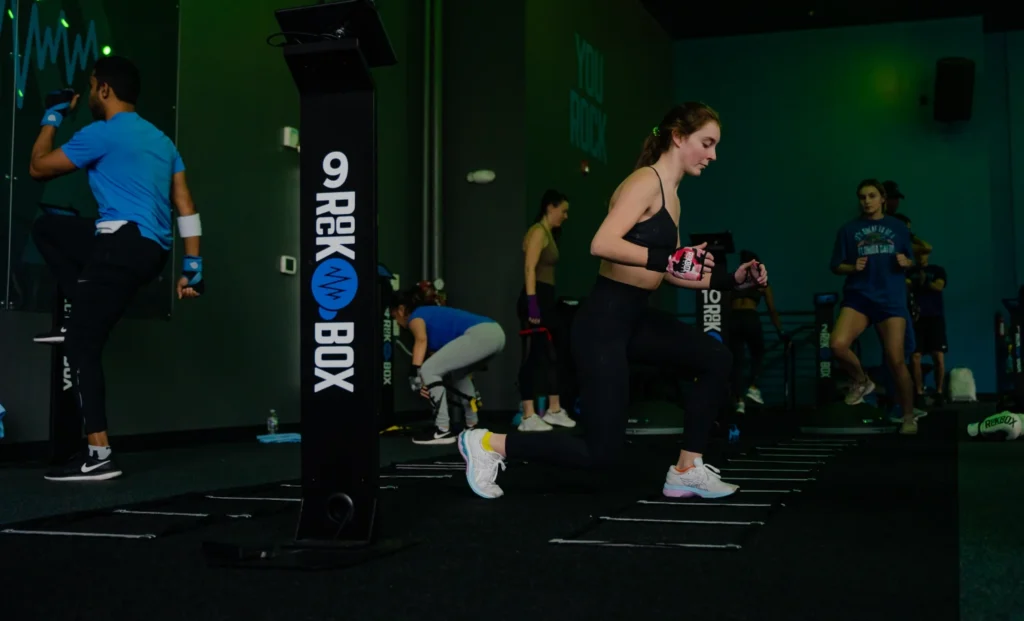
Tech as a Growth Lever, Not a Patch
“The risk of not making the move meant we would be operating suboptimally with our marketing efforts, our digital customer experience, and our ability to easily integrate additional tools, like our lead nurture software, ThriveMore Autopilot,” said Martin.
His choice: Xplor Mariana Tek, a platform known for helping boutique fitness brands streamline operations and drive franchise performance. But it wasn’t just about features; it was about strategic alignment.
Martin had a clear vision of what RockBox needed to scale: control, consistency and clarity. And as more locations came online, automation wasn’t just helpful — it became critical.
“The marketing suite and automations are outstanding and the fact a franchisor can push emails and texts down through the system is outstanding,” he said. “This gives the franchisor more control and honestly, makes it easier for the franchisee.”

A New Approach to Royalty Management
One of the most impactful outcomes of the shift has been RockBox’s use of Mariana Tek’s Franchise Fee Portal — a tool that eliminates manual royalty calculations by tying them directly to transaction data.
“This was a mandatory feature for us,” Martin explained. “Transaction-level royalty pull is critical to operating at scale. One, the franchisor always gets paid and doesn’t have to chase the franchisee for funds. Two, the franchisee benefits because they can plan their cash flow based off what hits their bank account. Nothing is ever taken out of their account after the remit is deposited because the royalties and brand fund fees have already been removed.”
According to Stephanie Parks, Product Manager at Mariana Tek, the portal replaces “fragmented, manual processes prone to delays and human error” with real-time automation and transparency. “Both franchisors and franchisees can log into the same dashboard, see the exact breakdown of what’s owed and why, and drill into reports by fee type, location, or time period. The result is a smoother franchise relationship built on trust, accuracy and efficiency.”
A Seamless Software Switch Without the Pain
Of course, even the best tech can backfire without proper onboarding — something Martin had experienced firsthand with past systems. But the migration to Mariana Tek turned out to be one of the smoothest transitions in RockBox’s operational history.
“It comes down to the Mariana Tek team,” Martin said. “They have been hands-on with us the entire time and are always professional, informed and fast. The software is outstanding, but the people are who make the transition easy and seamless.”
That “white-glove” experience is by design, according to Lauren Everett, Senior Director of Customer Onboarding at Mariana Tek. “We take the time to deeply understand each client’s unique business. Our onboarding isn’t about rushing clients through — it’s about tailoring the system to match their operations and goals.”

Scaling the Experience, Not Just the Business
While financial infrastructure is a vital piece of the puzzle, Martin emphasizes that brand growth hinges on more than numbers. For RockBox, every aspect of the member journey — from digital booking to the in-studio experience — had to be replicable, even in markets where ownership styles and staffing levels varied.
“The customer experience from the moment they book to when a prospect first walks in the door, the class experience and the sales presentation after is all standardized,” Martin said. “However, with staff turnover at the studio level and owners who are not as involved, it is an ongoing project to ensure all locations are providing the exact same, top-notch experience that makes RockBox Fitness so unique and special.”
Parks credits the RockBox team with treating technology as more than a back-office utility. “From day one, their leadership team has approached technology not as a back-office afterthought, but as a strategic lever for expansion and differentiation,” she said. “RockBox doesn’t just want tools that work — they want tools that evolve. Their team was quick to recognize the power of real-time financial automation and the operational lift it can provide. That kind of forward-thinking approach is why they’ve been such a valuable pilot partner for the Franchise Fee Portal’s newest capabilities.”
Lessons from the Field
RockBox’s evolution hasn’t been without growing pains. Early on, Martin learned that what works in one location doesn’t always scale cleanly — especially when people are involved.
“The lesson was that a higher ticket package ($2,500+) required a highly skilled salesperson, and that was challenging to replicate on a national scale,” he shared. “Most people in fitness don’t like to actually sell. That is not why they got into the field, yet it is a critical skill to grow a fitness business.”
Franchisee selection, too, required careful calibration. “We look for past records of achievement, a willingness to roll up their sleeves and do the work, a penchant for learning, and a strong bias for action,” Martin said. “If any of those four areas are weak or missing, we take a pause and either ask deeper questions or we pass on the candidate.”
Advice for Future Owners
For entrepreneurs considering the leap into franchising, Martin doesn’t mince words.
“Scale to at least three locations to ensure the concept is viable. And these should include a large city, a smaller city, and a suburban location to test various markets,” he advised. “Then a founder needs to ask himself/herself, ‘Am I ready to invest millions of dollars to grow this business knowing the ROI will not come for 5–7 years?’ To grow fast, you must invest significant dollars in this business.”
His advice to his younger self? “Are you sure you want to do this? Just kidding. I would tell him that it is going to get a lot harder before it gets easier, so know that going in and be prepared for this and it will be less stressful overall. This is true in scaling any business.”
Parks says she admires how RockBox balances brand consistency with franchisee autonomy.
“Their leadership knows that to grow effectively, you need tight operational control paired with systems that franchisees trust,” she says. “Mariana Tek helps deliver that with centralized configuration, automatic payments and transparent reporting. Together, we’re not just managing growth — we’re accelerating it.”






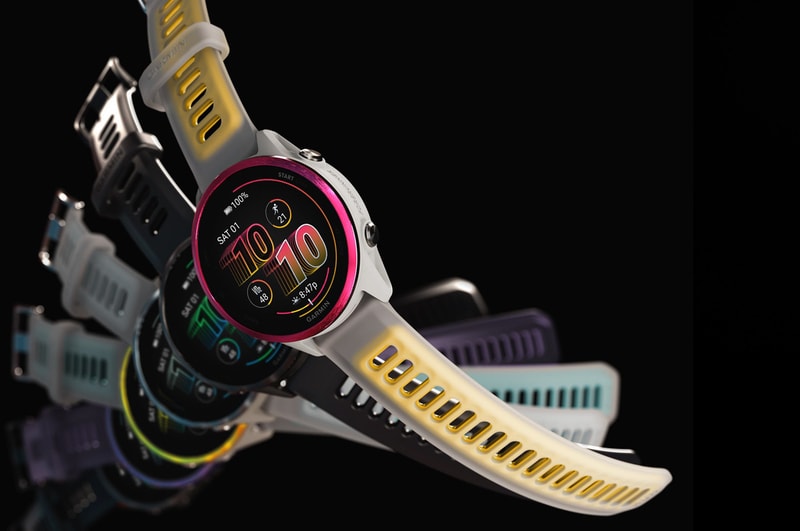
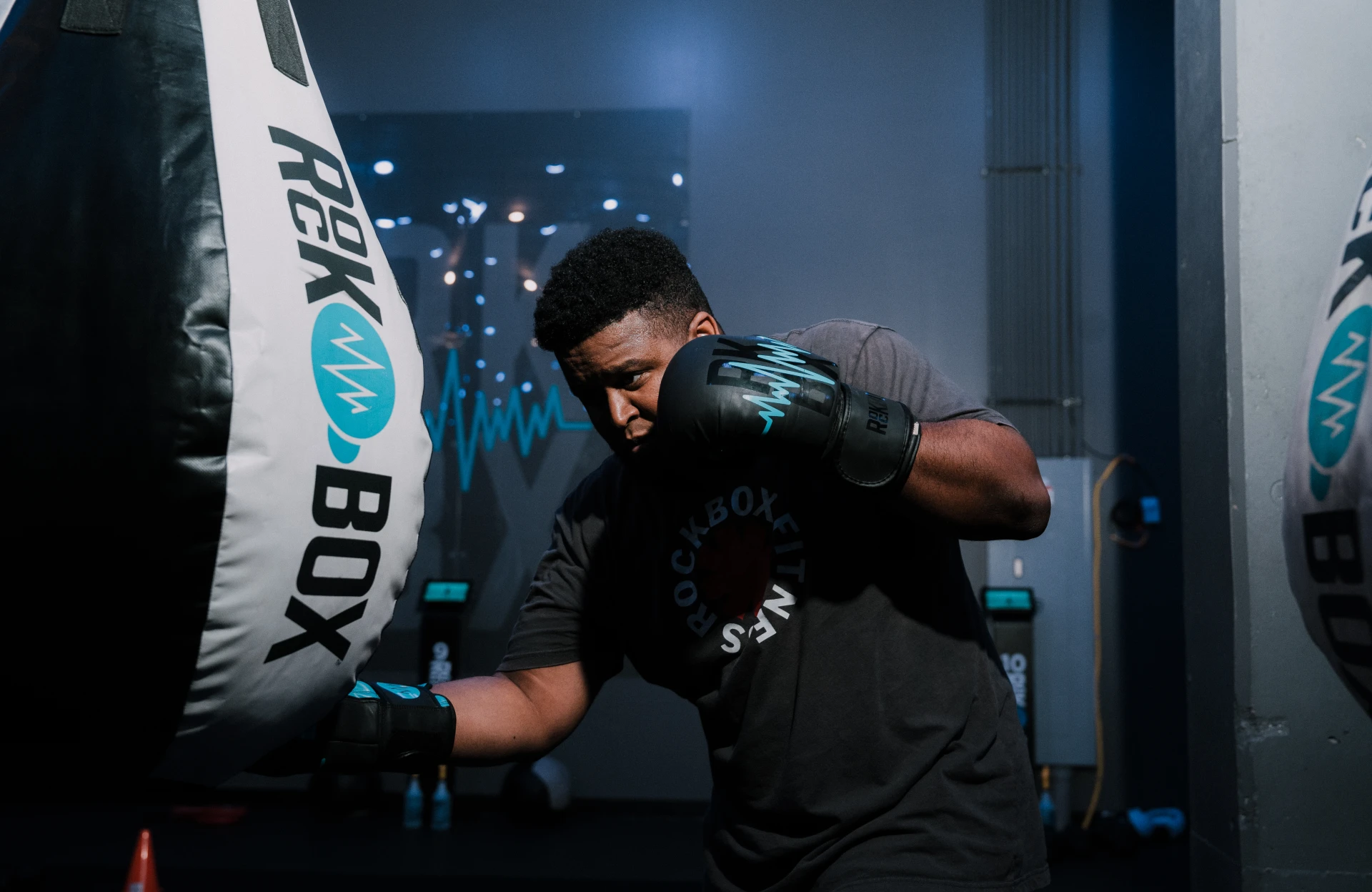



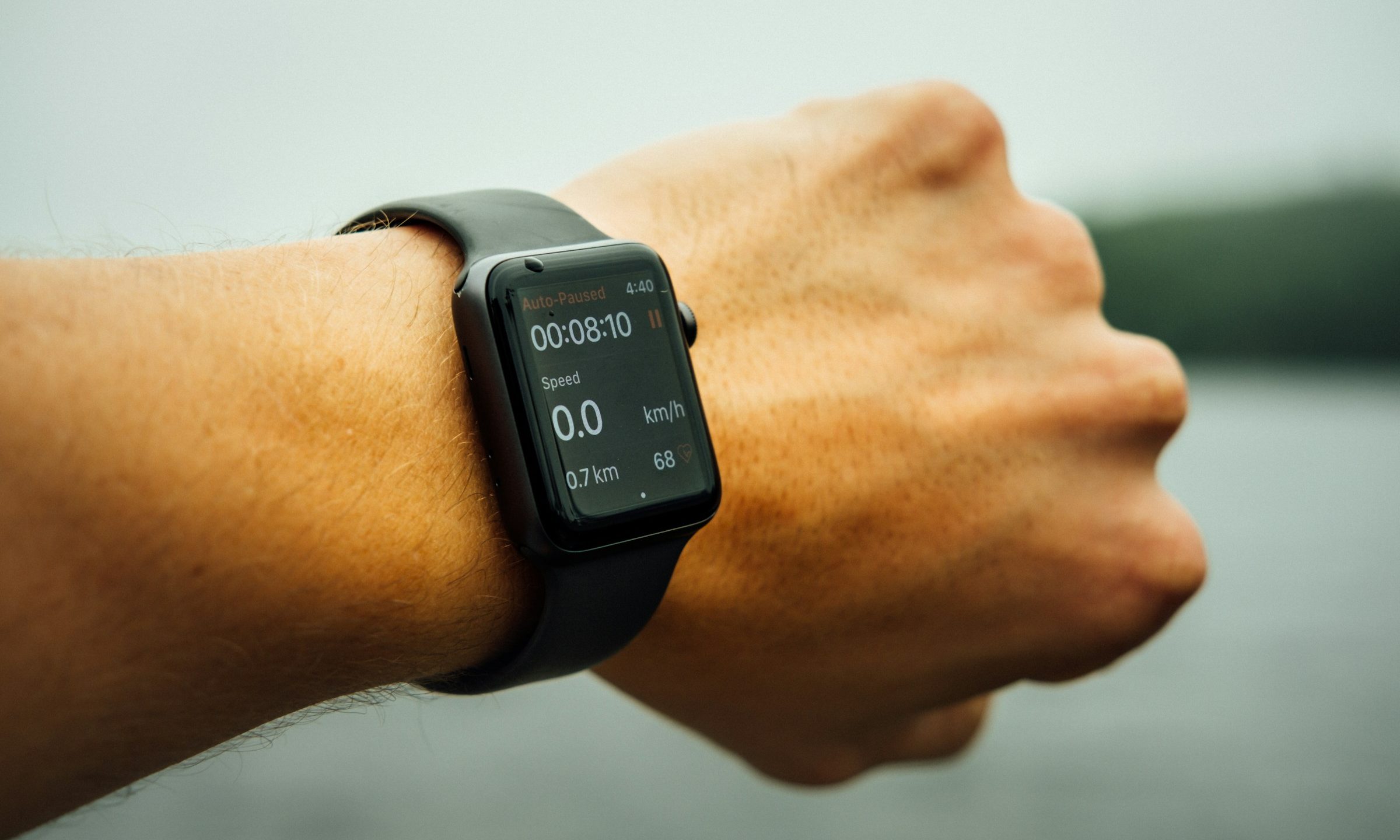

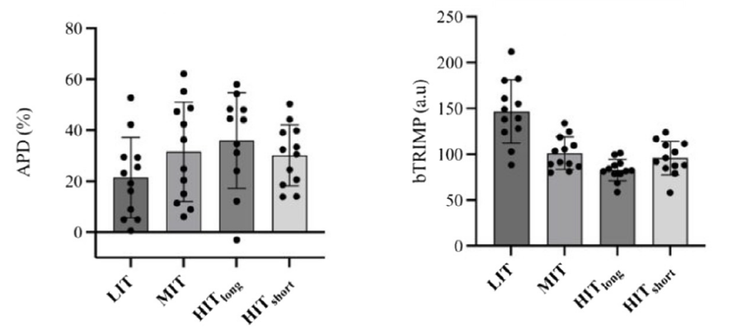
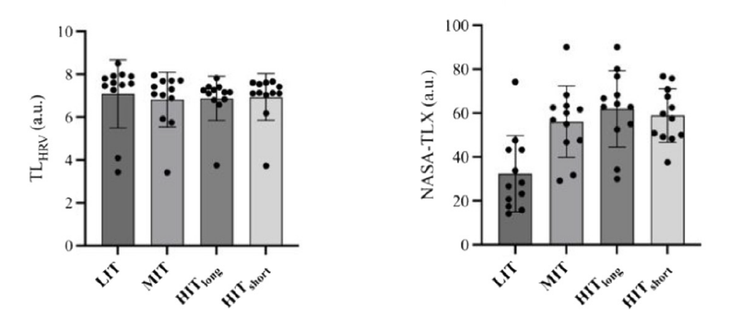















 ‘Brunson is the BEST closer in the game’ – Perk
‘Brunson is the BEST closer in the game’ – Perk  | First Take
| First Take




































